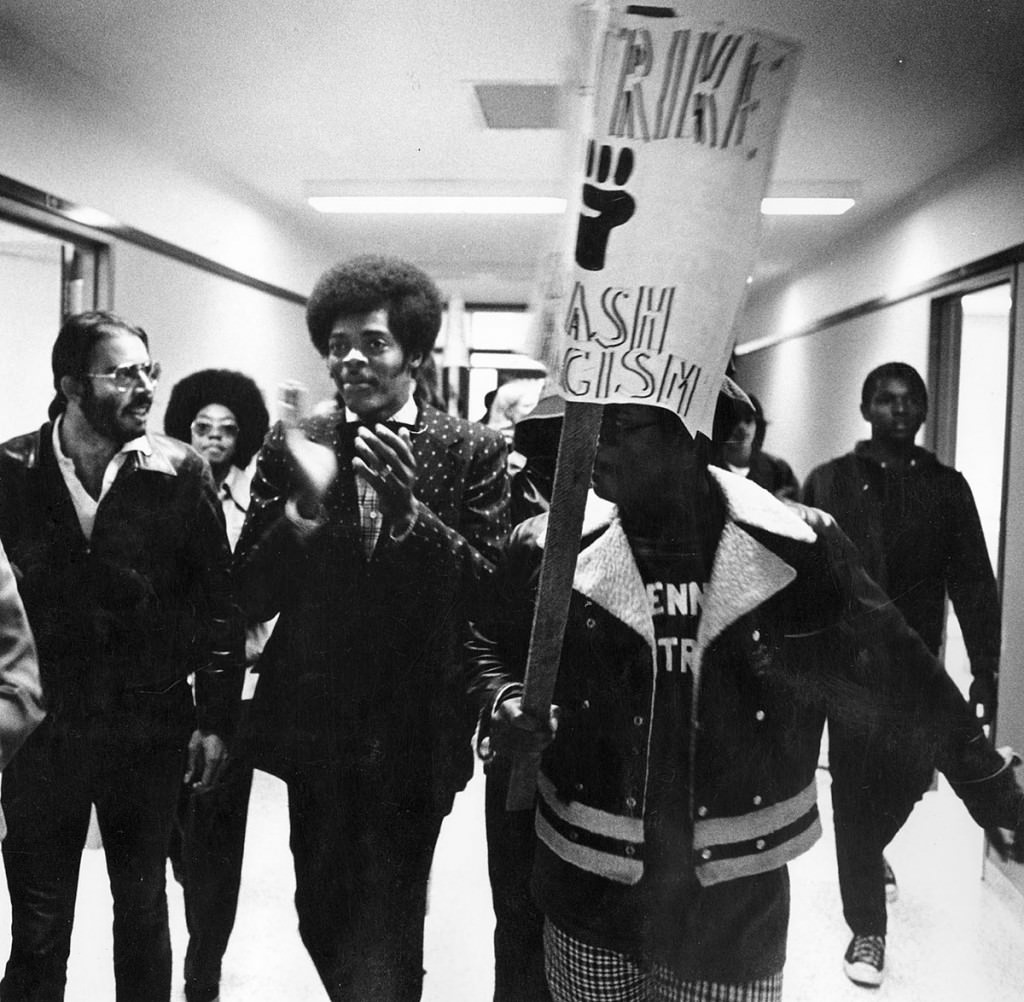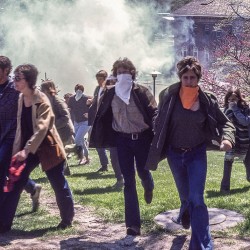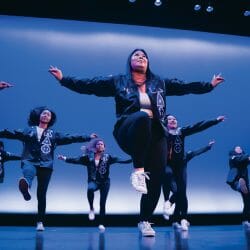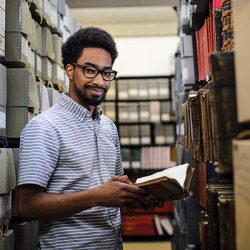Black Cultural Center

Kwame Salter MS’70, center, leads a protest against the UW regents’ decision to close UW–Madison’s Afro-American center in 1973. Salter was the center’s director.
When students opened a new Black Cultural Center in the Red Gym in May 2017, it marked the first time that the UW had offered a resource center specifically for African American students in more than four decades. Its first center was born and died amid protests and demonstrations.
The late 1960s saw volatile race relations on campus. In February 1969, a student group called the Black Peoples Alliance issued a collection of nonnegotiable demands, including the creation of a Black studies department in which students would have equal responsibility with faculty in creating the curriculum. The university declined. (“I do not think our students should have the major voice in department policy,” said former chancellor William Sewell). Soon after, the alliance launched a strike. Perhaps as many as 10,000 people joined in demonstrations. Although the UW refused to give in and the state legislature voted to deny financial aid to anyone who took part in protests, the strike produced some effects. One of these was the growth of the Afro-American and Race Relations Center, which opened on University Avenue, on the current site of Grainger Hall.
The center had a tumultuous five-year history. It moved locations, changed its name, threatened further strikes, and disrupted a board of regents meeting. In 1973, in light of ongoing conflict with university leadership, the regents adopted a policy that effectively eliminated the Afro-American center’s budget. In spite of renewed protests, it was closed.
It took nearly 44 years, but today the Black Cultural Center has a home on campus and can pursue its goal: to “acknowledge the specific and particular realities of Black communities at UW–Madison, while also connecting communities to the larger Wisconsin Experience and fostering a sense of belonging.”
This article was originally published in 2017 but was updated in January 2021.
Published in the Fall 2017 issue



Comments
No comments posted yet.